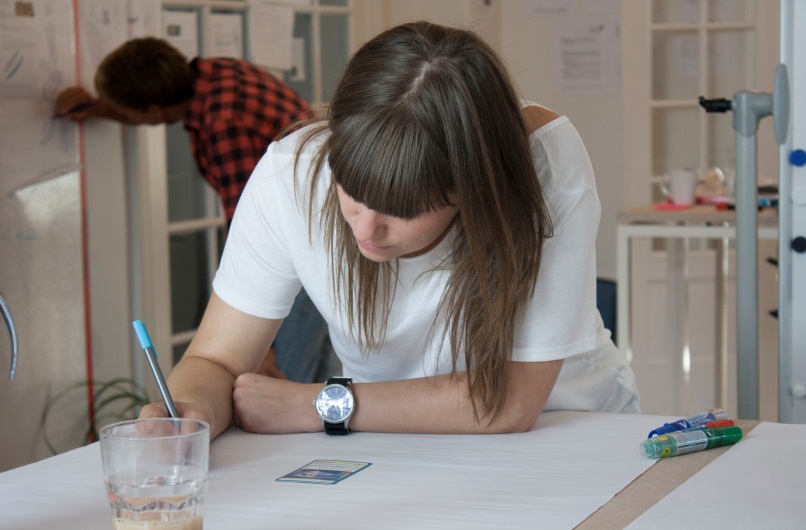Journaling is a simple warm-up exercise whereby individual participants clear their thoughts and ready themselves for ideation. Students write their immediate thoughts down for a short and defined period of time, without pause.
The exercise is a warm-up for the creative processes to follow and trains the students to activate their association making abilities while mitigating or eliminating their self-censorship.
This method is also called ‘Free Writing’ and is used by authors to overcome writer’s block and self-criticism.


